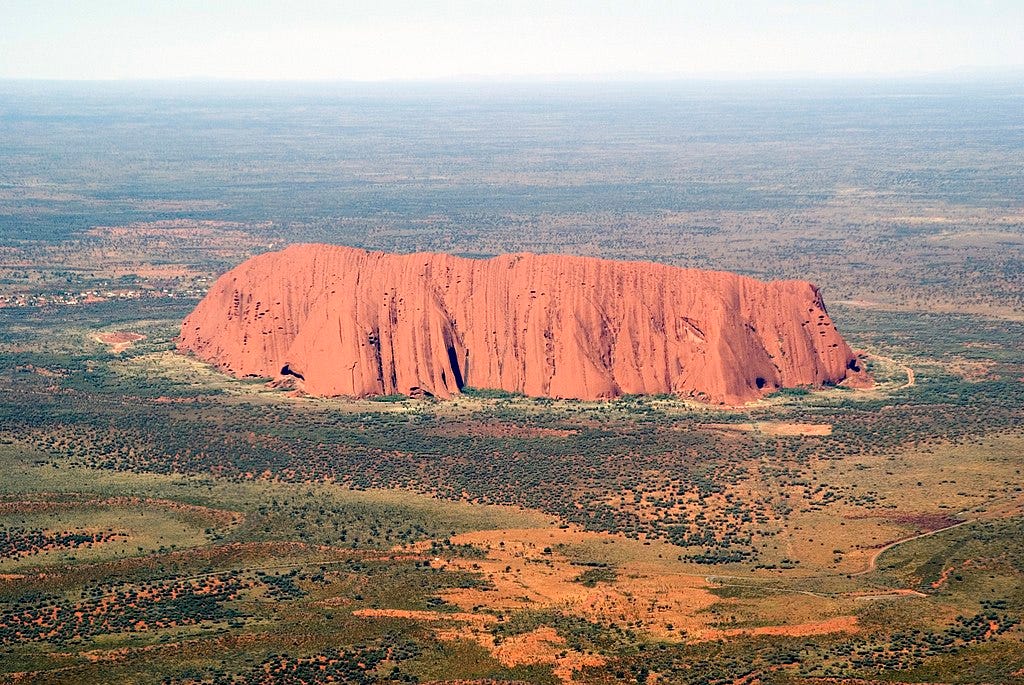Australia has some of the most beautiful and breathtaking scenery in the world.
The Great Barrier Reef offers snorkelers and divers an unbelievable collection of marine life. On the opposite end of the spectrum of life on Earth, the vast red deserts, dramatic gorges, and unique rock formations of the Outback showcase a different kind of stark beauty.
Daintree Rainforest in Queensland is the oldest rainforest in the world, and it showcases an incredible variety of plant and animal life.
Like the US, Australia’s size and geographic position means that it encompasses every climate from tropical zones to alpine regions, and the landscape is stunning.
Here’s Uluru, an incredible landmark made sacred by indigenous Australians, who migrated over from Africa at least 65,000 years ago:
Amid all this beauty also lies danger. Many of the most dangerous animals and plants on the planet live here.
The most venomous land snake in the world lives here. One bite from the inla…
Keep reading with a 7-day free trial
Subscribe to Goatfury Writes to keep reading this post and get 7 days of free access to the full post archives.




